
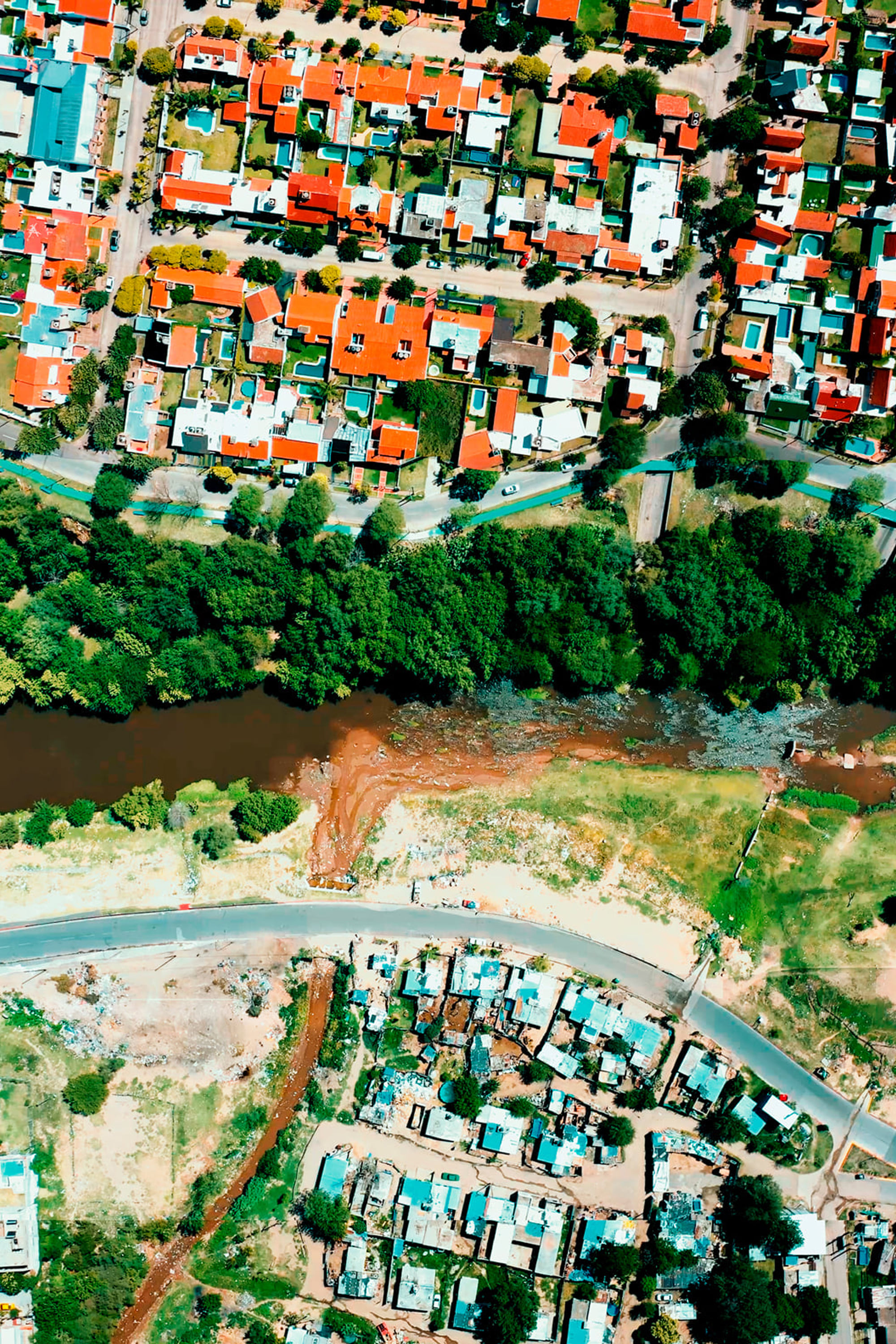
THE CRY OF THE SUQUÍA RIVER is a documentary that runs through the Suquía River, a river that is part of the identity of the city of córdoba, in argentina. We decided to embark on a boat trip crossing a 32 km path that allows us at each stop, to connect with life experiences on various socio-environmental realities.
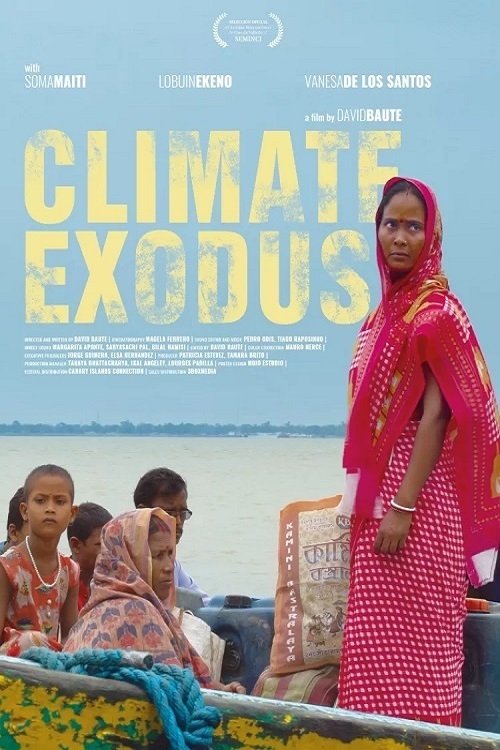
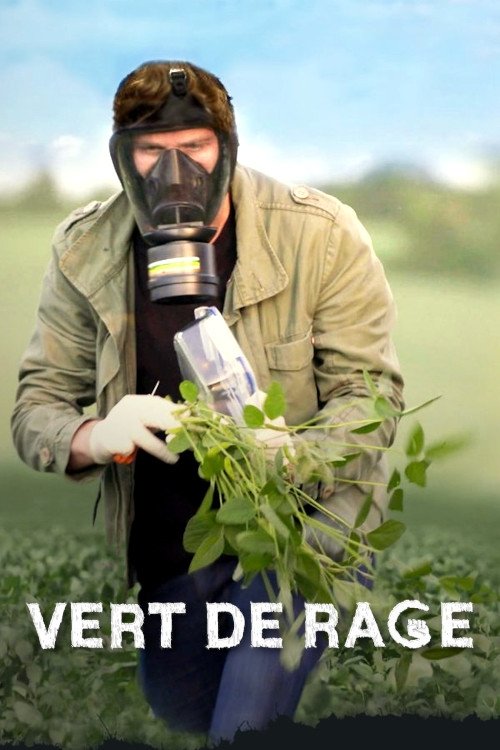
Martin Boudot, investigative journalist, investigates major environmental scandals around the world: river contamination, air pollution, radioactivity, illegal exploitation of resources, toxic waste...
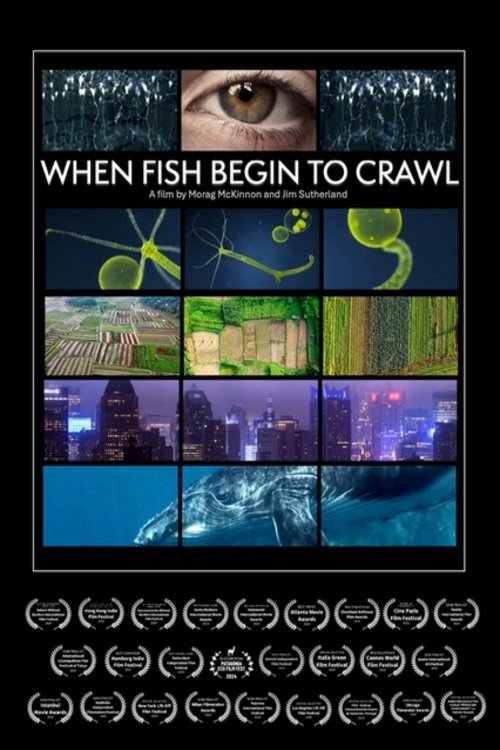
Co-directed by filmmaker Morag McKinnon and composer Jim Sutherland, is a thought-provoking meditation on the climate crisis and humanity's relationship with nature. With a focus on Scotland's Flow Country, it blends art and science to reflect on present-day eco-emergencies within the context of geological deep time.

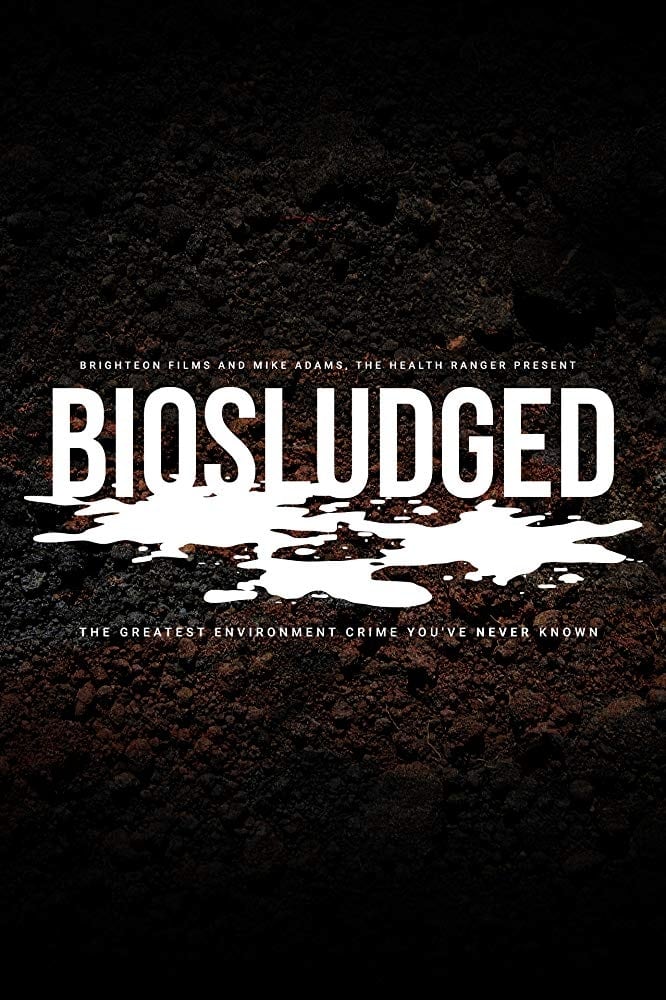
Biosludged reveals how the EPA is committing science fraud to allow the ongoing poisoning of our world with toxic sewage sludge that's being spread on food crops. Features former top government scientist and EPA whistleblower Dr. David Lewis.
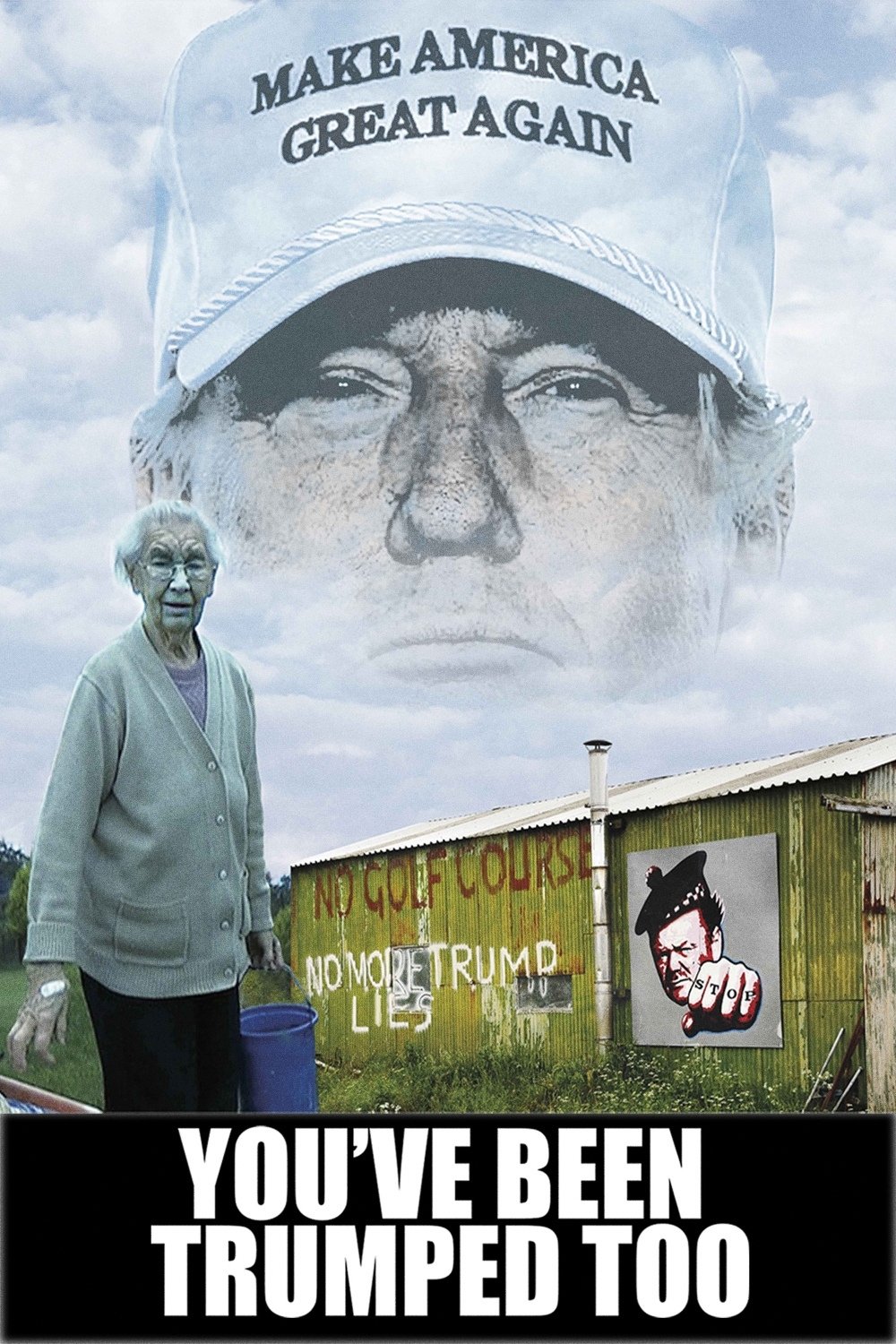
A timely film exploring the confrontation between a feisty 92-year-old Scottish widow and her family and a billionaire trying to become the most powerful man in the world.

In a shelter, two men face isolation and paranoia, while the whole outside world and society seem to have disappeared.

Tawfiq imports spoiled food for children which causes thousands of children to fall ill. Despite the efforts of the journalist Nabila to expose him, he is able to escape abroad, so the officer in charge, Fouad, decides to take the law into his own hands.
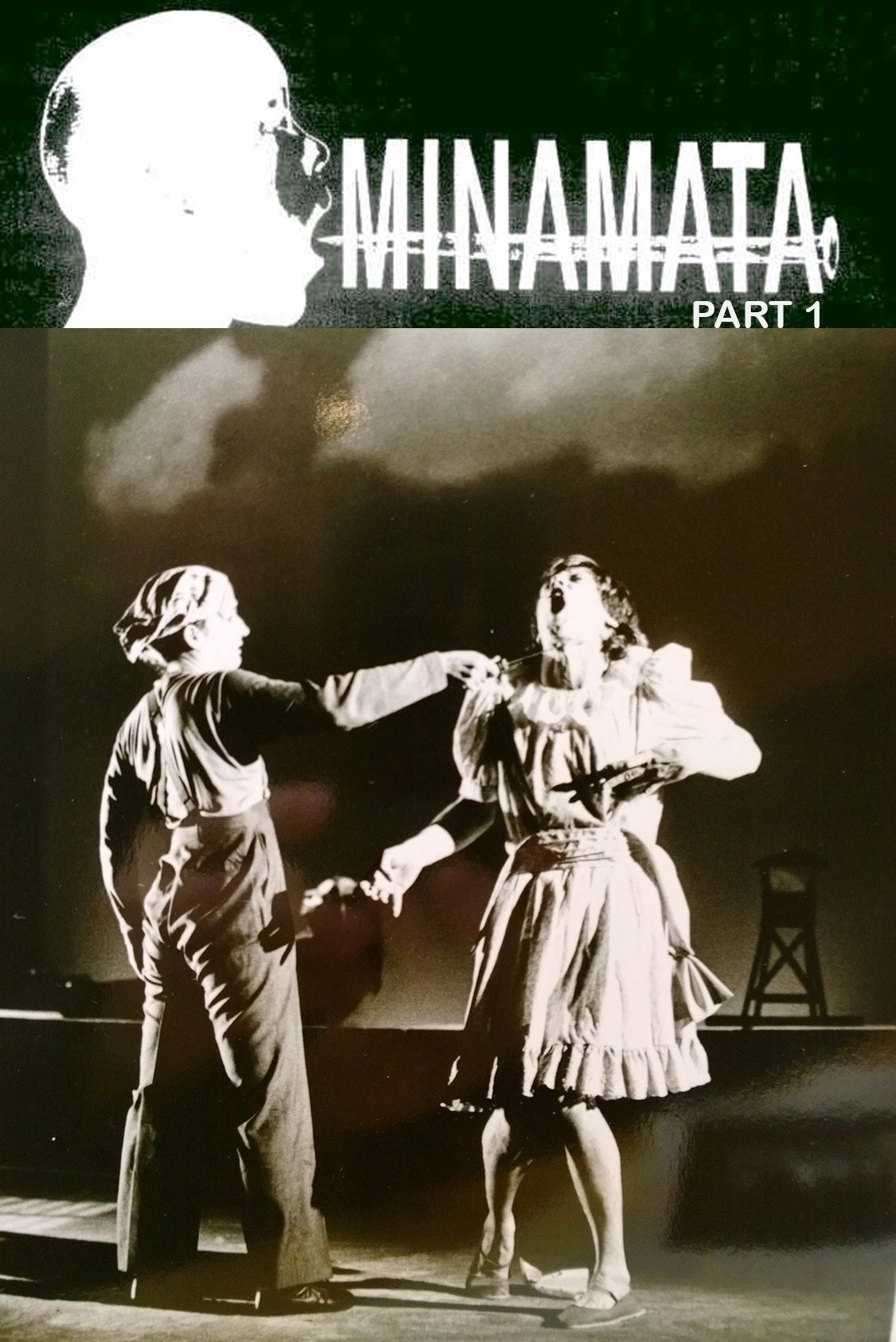
"Minamata is the name of a fishing village in Japan," said the writer-director ("Peep Show," "Eva Peron," "Rusty Sat on a Hill One Dawn and Watched the Moon Go Down"), who wrote the piece with Mira-Lani Oglesby. "Chisso, a company that makes parts for plastic, dumped mercury waste into the water supply and the fishermen got sick. A high percentage of the villages depended on fish and fishing so their livelihoods dried up too. "The story of Minamata is just the departure point for the play," the writer said. "It's the ghost behind the play, the shadow over it. The piece is a meditation on beliefs, ways of thinking, how operatives in the system create a way of thinking that makes it possible to destroy life in order to improve it. There's a thesis that in order to progress you have to allow for destruction. No. You cannot buy into that way of thinking, because it's erroneous and hurtful."
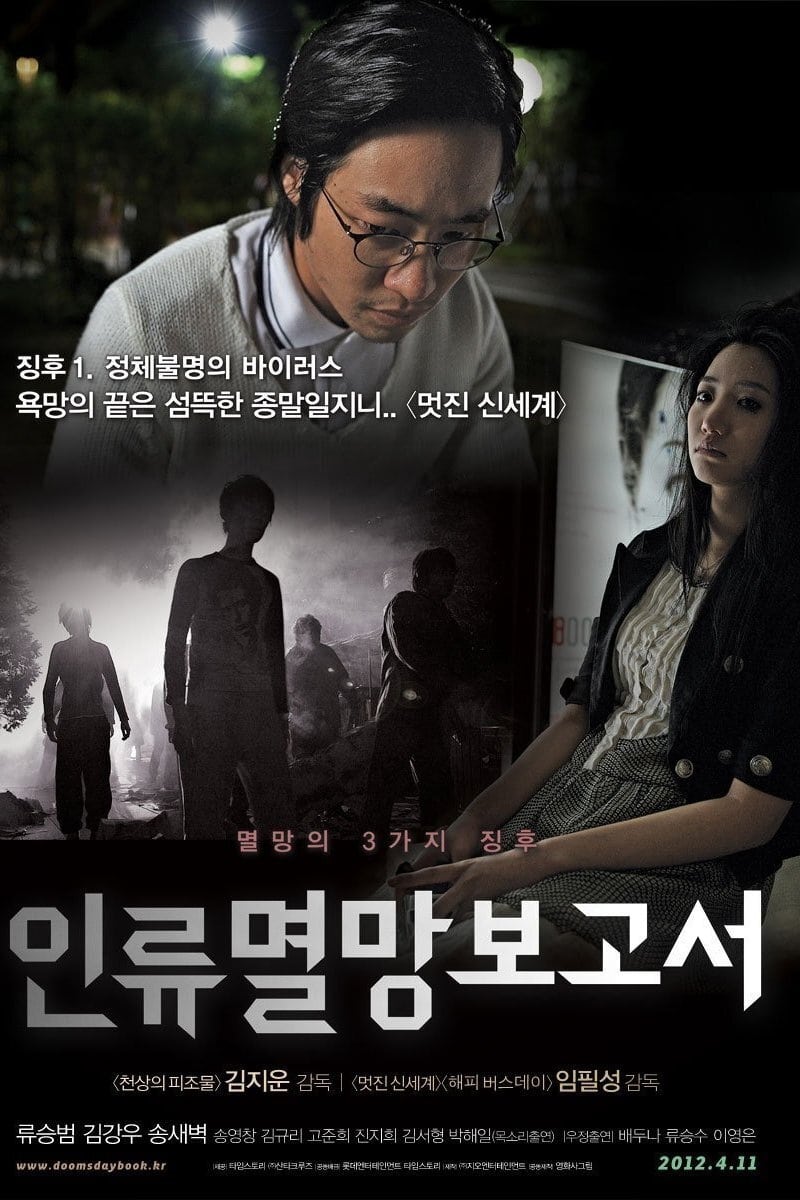
A geek is left home alone and his negligence causes the spread of a deadly contamination that infects the entire local population and turns them into flesh-eating zombies.
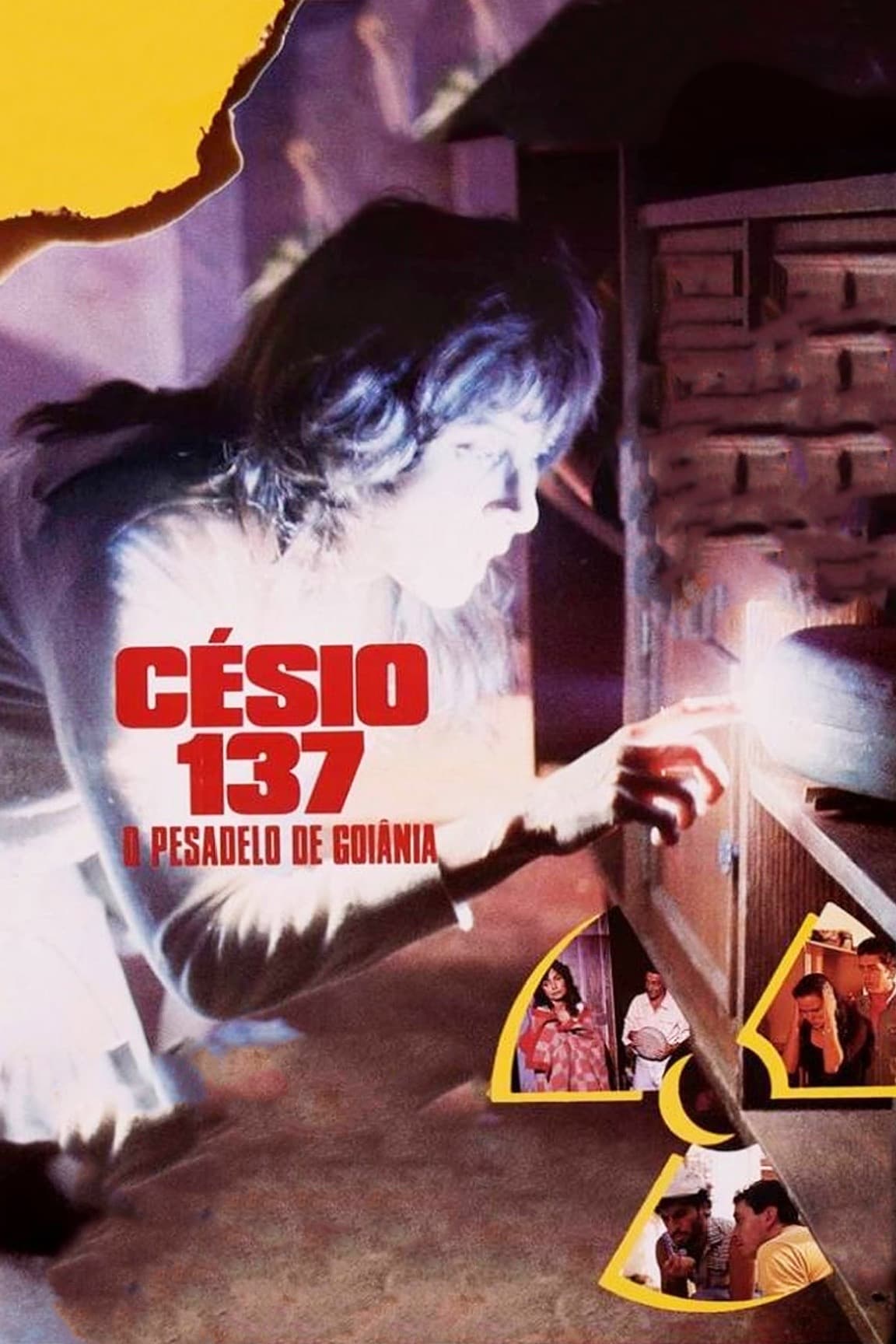
In 1987, in Goiânia, two paper collectors find a radioactive capsule and sell it to the owner of a junkyard. Once the capsule is opened, more than 250 people end up contaminated by the substance called Cesium 137, being the biggest radiological accident in the history of Brazil.
Cain is a military scientist, bitterly disappointed in human race. His conclusion is that the mankind failed to create a world worth living in. Only a small minority of privileged people live in prosperity, while the rest are spending their lives in pain and hopeless struggle to survive. One day, Cain made a decision to wipe out the entire human race from planet Earth, by activating the weapons of mass destruction. Time has passed, and Cain is coming out of the shelter to find the place where he will die. The place where the last man will die. Suddenly, he's starting to receive a mysterious signal that indicates someone else's presence. So, he goes in search to eliminate the survivor and complete what he has started...
By browsing this website, you accept our cookies policy.